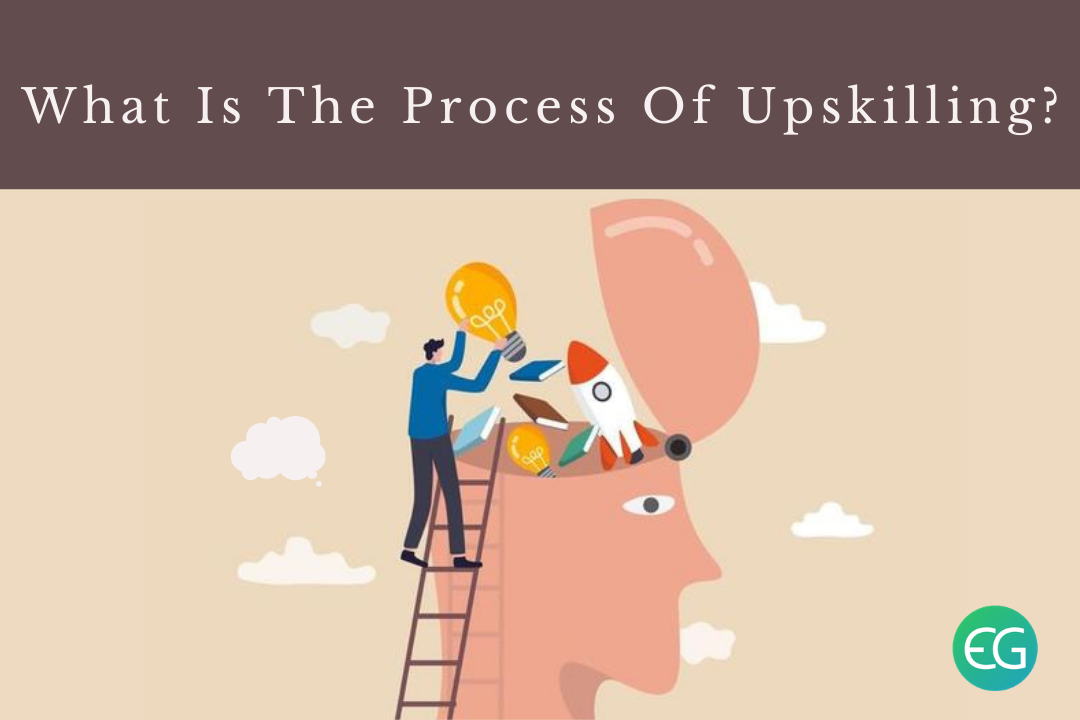
Upskilling may be a term well-known to businesses. within the micro context, It refers to the method of people learning new skills. On the macro level, it describes a tectonic shift within the workplace caused by technology. Technology has created new possibilities which will be fully realized only by a modernized workforce. meaning the workforce must learn new skills and competencies that are required for brand spanking new and/or changing jobs. Upskilling cuts across industries—law included. it’s critical to individuals and employers alike.
Upskilling is one of those workplace trends that facilitates continuous development and learning by providing training programs and development opportunities that expand an employee’s abilities and minimize the skill gaps within the organization. Upskilling focuses on improving current employees’ skill sets, usually through training, in order that they can advance in their jobs and find different roles and opportunities within the corporate.
As technology creates new opportunities and job positions within the workplace, it becomes increasingly important for companies to fill these new roles with candidates who possess the relevant, specialized skill sets. Upskilling allows organizations to shut the digital talent gap and fill these open positions while maintaining their current workforce and creating employee strengthening and learning opportunities.
Upskilling is that the process of teaching employees new skills which will aid them in their work. Technology has sped up the necessity for upskilling. there’s a way of urgency to repeatedly provide training and development to your employees. As technology evolves with time, new skills are also required to be developed and job requirements change. Upskilling fills this skill gap through ongoing training. Workforce upskilling will help your employees in staying top of the latest business best practices and will ensure your company is competitive.
Or in simple terms, Upskilling is that the process of acquiring new and relevant competencies needed today and within the near future.
Why Upskilling Is Important?
In two simple words: digital transformation. The digital economy, enabled by astonishing advances in technology, is reimagining the provider-customer dynamic and reworking how goods and services are bought and sold. They share several core characteristics: a relentless commitment to enhancing customer access, experience, and loyalty; the efficient use of data; achieving “more with less” for the advantage of customers, employees, and shareholders; and constant improvement. Their models are built from the customer perspective, to not fit the provider economic model.
Technology is rapidly changing the way most organizations operate. In response, companies and their employees must consistently increase their technical knowledge and skillsets. As the job requirements keep changing and new skills are required every day, companies are forced to either find new talent or fill the gap through upskilling.
The Process Of Upskilling Can Be Followed In The Following Steps:
1.Learning and development
Upskilling your workforce via your learning and development (L&D) program is perhaps the foremost obvious thanks to going. The L&D program, however, is that the results of a learning and development strategy. counting on the model you employ to make such a technique, there are four phases required:
- An analysis of coaching needs (for instance through a skills gap analysis)
- Specification of learning objectives
- Design of coaching content and method
- Monitoring and evaluation
Every organization will find itself with a (slightly) different L&D strategy – and program. Naturally, this suggests that the training methods a corporation choose to upskill its workforce will vary also. Some organizations will prefer online courses together with real-life lectures and seminars, while others will choose peer coaching and an ‘upskill track’ on their LMS (Learning Management System).
2. Job rotation
Job rotation may be a key technique in job redesign. it’s the practice of moving employees between jobs in a corporation – are often a superb thanks to transferring specific skills, knowledge, and competencies. These rotations are mostly lateral, this suggests that they happen between jobs on an equivalent level. they’re also often temporary so people tend to maneuver back to their original job after a particular period.
3. Job enlargement
Job enlargement involves including additional activities within an equivalent level to an existing role. Put simply, this suggests that an employee will do more, different activities in their current job.
Job enlargement teaches people a spread of skills and helps in their career growth. Additional job duties require training and help in building additional experience. In other words, it is often how to upskill your workforce.
4. Job enrichment
Job enrichment may be a process that’s characterized by adding extra dimensions to existing jobs.
While the most goal of job enrichment is to form jobs more motivating, it can have the ‘bonus’ advantage of upskilling people at an equivalent time; the straightforward fact of accelerating skill variety implies that employees will need to expand their abilities.
5. Peer coaching
Peer coaching is different to travel about upskilling employees. Two or more colleagues work together to, among other things, expand, refine, and build new skills, teach each other, and solve problems within the workplace.
Peer coaching exposes employees to a much bigger range of workplace skills. What’s attractive about this type of upskilling is that it’s a more informal side to it: people have a peer they will ask directly, ask questions once they come up, and learn by watching them do their work.
